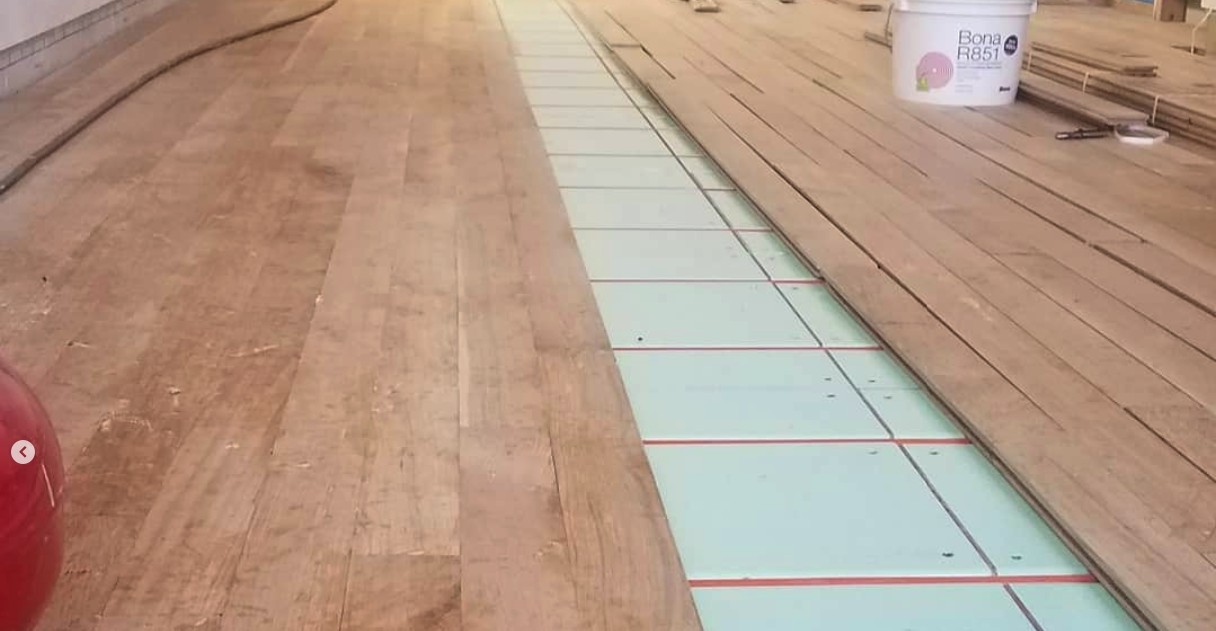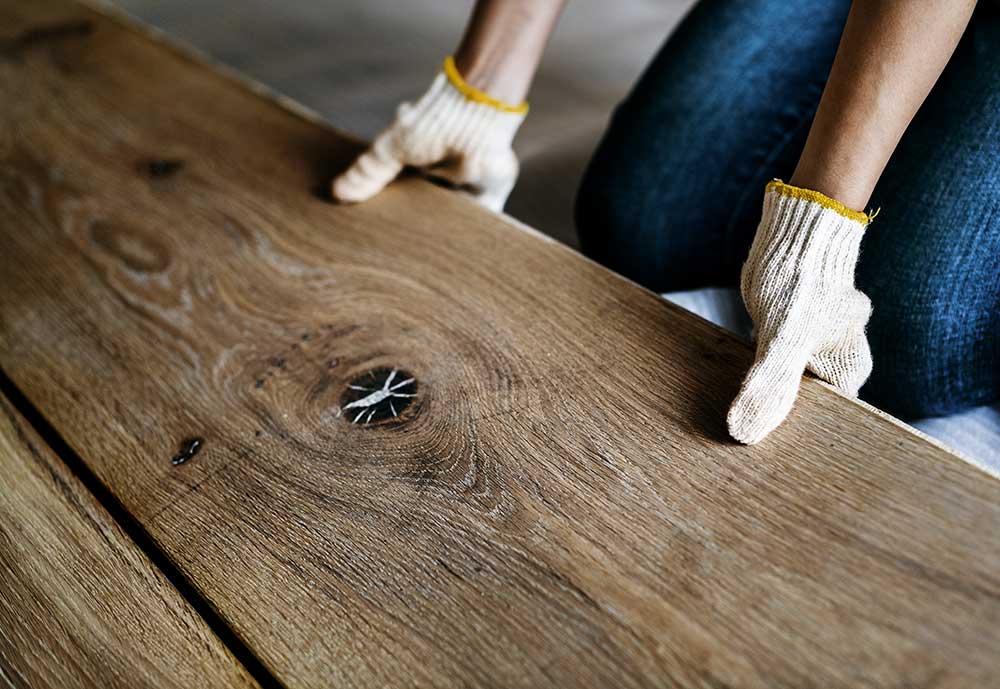Embarking on the journey of selecting hardwood flooring can be both exciting and daunting, especially if you’re new to the world of wood floors. As an expert in the flooring industry, my aim is to make this process as straightforward and comprehensible as possible for you. Let’s navigate the essentials of hardwood flooring, ensuring you’re well-equipped to make an informed decision.
The Basics of Hardwood Flooring
Hardwood flooring is celebrated for its durability, timeless beauty, and the value it adds to your home. But what exactly is hardwood flooring?
- Types of Hardwood: Hardwood is generally classified into two types – solid and engineered. Solid hardwood is made from a single piece of wood, offering authenticity and a classic look. Engineered hardwood consists of a top layer of real wood attached to multiple layers of other wood materials, providing stability and resistance to moisture.
- Wood Species: Hardwoods come in various species, each with unique grain patterns, colors, and hardness levels. Popular choices include oak, maple, and hickory for their resilience and adaptability to different decors.
- Finishes: The finish of your hardwood floor not only adds to its aesthetic but also its durability. Prefinished floors come with a factory-applied finish, offering convenience and a uniform look. Unfinished floors, on the other hand, allow for more customization but require sanding and finishing after installation.
Key Considerations for Homeowners
Before diving into your hardwood flooring project, there are several factors to consider:
- Lifestyle Compatibility: Consider your household’s daily activities. Do you have pets or children? High-traffic areas may require harder wood species and more durable finishes.
- Room Suitability: Not all hardwoods are suitable for every room. For instance, solid hardwood is not recommended for basements due to moisture sensitivity, whereas engineered hardwood can be a better fit.
- Aesthetic and Style: Think about the overall look you wish to achieve. Different woods and finishes can dramatically alter the ambiance of your space. Lighter woods can create an airy and open feel, while darker woods tend to offer warmth and elegance.
- Maintenance Requirements: Hardwood floors require regular cleaning and occasional refinishing. Understanding the maintenance requirements of your chosen hardwood will help you keep your floors looking beautiful for years to come.
Installation Insights
While professional installation is usually recommended, understanding the basics of hardwood floor installation can be helpful:
- Acclimation: Wood needs to acclimatize to your home’s environment to prevent future problems like warping or shrinking.
- Subfloor Preparation: Ensuring that your subfloor is level, dry, and clean is crucial for a successful installation.
- Installation Techniques: Different installation methods, such as floating, glue-down, or nail-down, have their own sets of pros and cons. Your choice will depend on the type of hardwood you select and the specifics of your space.
Final Thoughts
Choosing hardwood flooring for your home is a significant decision that combines aesthetics with functionality. With this fundamental knowledge, you are now better equipped to discuss your options with a flooring specialist or contractor. Remember, the beauty of hardwood lies in its natural variation and the unique character it brings to your home. Embrace the process with confidence, knowing that you are making a timeless addition to your living space.



